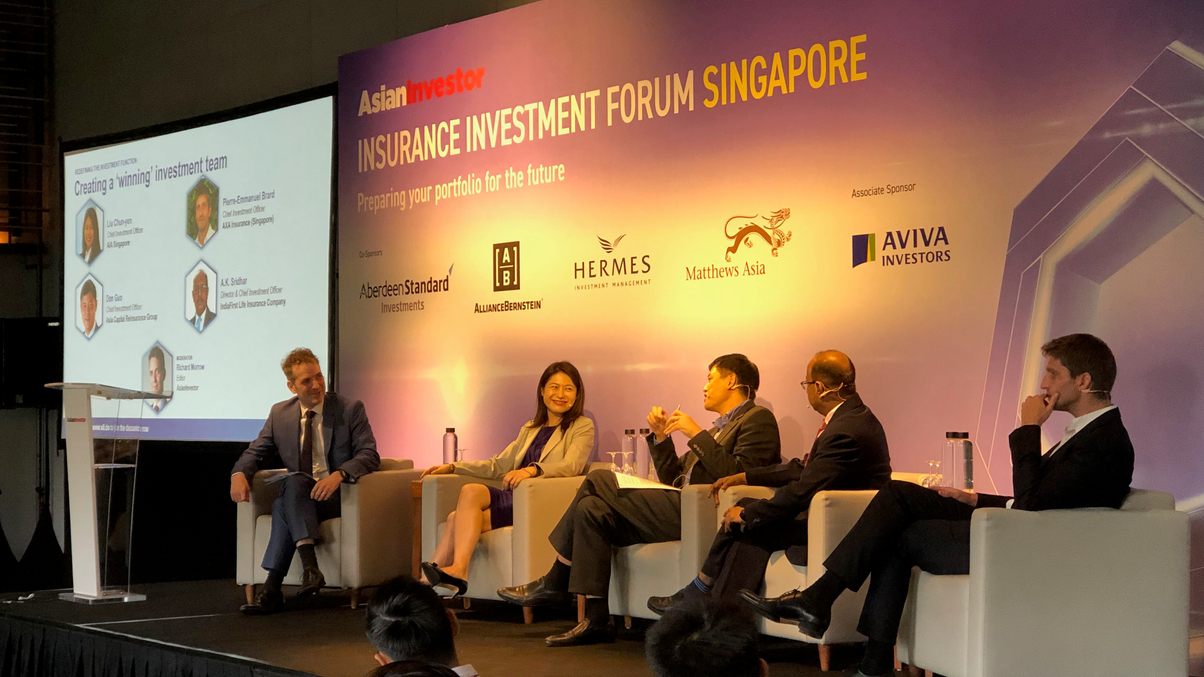AIA, Axa CIOs flag outsourcing challenges
Asia Capital Re and IndiaFirst Life Insurance also join in to discuss their biggest challenges, despite the growing demand for external specialist expertise.

Some of Asia’s leading insurers remain unconvinced about the merits of outsourcing their portfolios to external managers even as other asset owners push to do so.
Sign in to read on!
Registered users get 2 free articles in 30 days.
Subscribers have full unlimited access to AsianInvestor
Not signed up? New users get 2 free articles per month, plus a 7-day unlimited free trial.
¬ Haymarket Media Limited. All rights reserved.


